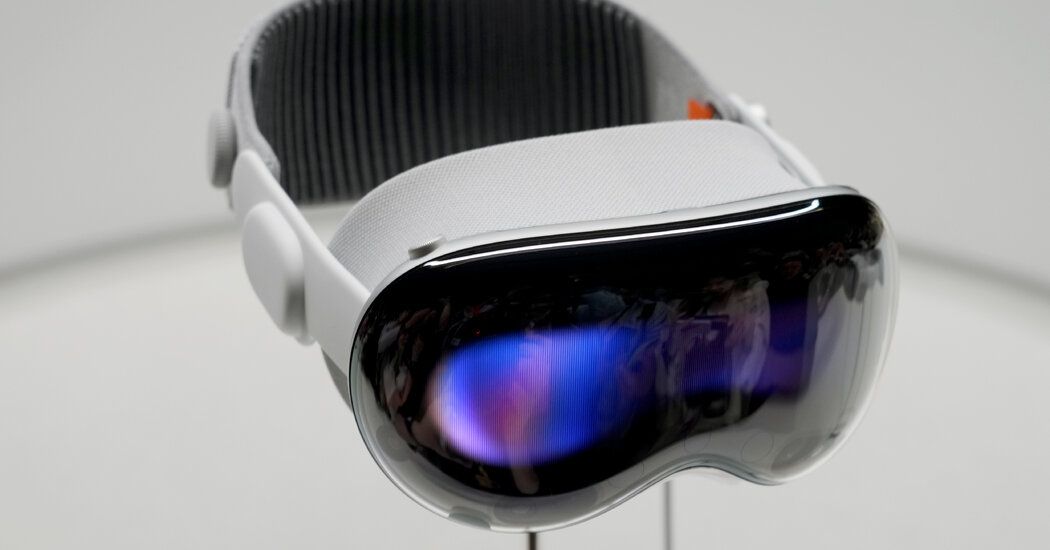Apple’s upcoming Vision Pro headset has encountered a significant obstacle in its development—a problematic head strap. When tech reviewer Dan Ackerman had the opportunity to test the headset, he noticed a disparity between the publicized visuals and the actual hardware he wore.
The promotional images showcased a sleek and stylish over-the-eyes wearable with a wide, comfortable band that wrapped around the back of the head, reminiscent of high-end ski goggles. However, the version Ackerman tested included an additional head strap that went over the top of the skull to provide extra support and balance the weight of the headset.
This discrepancy between the public presentation and the private demo can be attributed to Vision Pro’s ongoing development. Demo sessions often employ incomplete or under-development hardware, and it’s not uncommon for differences to exist between initial impressions and the final product.
The underlying issue lies in the nature of virtual reality (VR) or spatial computing headsets—they essentially consist of heavyweight head-mounted computer-plus-monitor systems. Due to the necessary computing power, these headsets tend to be bulky and heavy, requiring careful weight distribution to ensure a secure and comfortable fit. Previous VR and mixed-reality headsets have typically incorporated both a behind-the-back strap and a top strap to achieve this balance.
While Bloomberg’s Apple reporter Mark Gurman suggests that the head strap might be included in Apple’s final design, there is speculation that it may be sold separately as an additional accessory rather than being bundled with the device. This potential decision could open up opportunities for third-party accessories, enabling users to customize their Vision Pro experience. However, it also raises concerns about the product being incomplete, as it may require extra purchases to function optimally.
This issue of essential accessories being sold separately is not unique to Apple. Other notable instances include Valve’s Steam Deck, which necessitates a separate stand for optimal usage, and Microsoft’s Surface Pro line, which relies on a separate keyboard cover for full functionality.
The ultimate challenge faced by spatial computing and VR hardware is the need to reduce the size and weight to a level comparable to eyeglasses. Apple’s original design goal for the Vision Pro was reportedly to achieve this feat. Until then, users will continue to grapple with attaching a high-end computer with dual monitors to their heads.
Apple’s Vision Pro headset faces a significant hurdle with its head strap. While the final design and inclusion of the strap remain uncertain, the challenge of balancing weight and achieving comfort in VR headsets persists.


